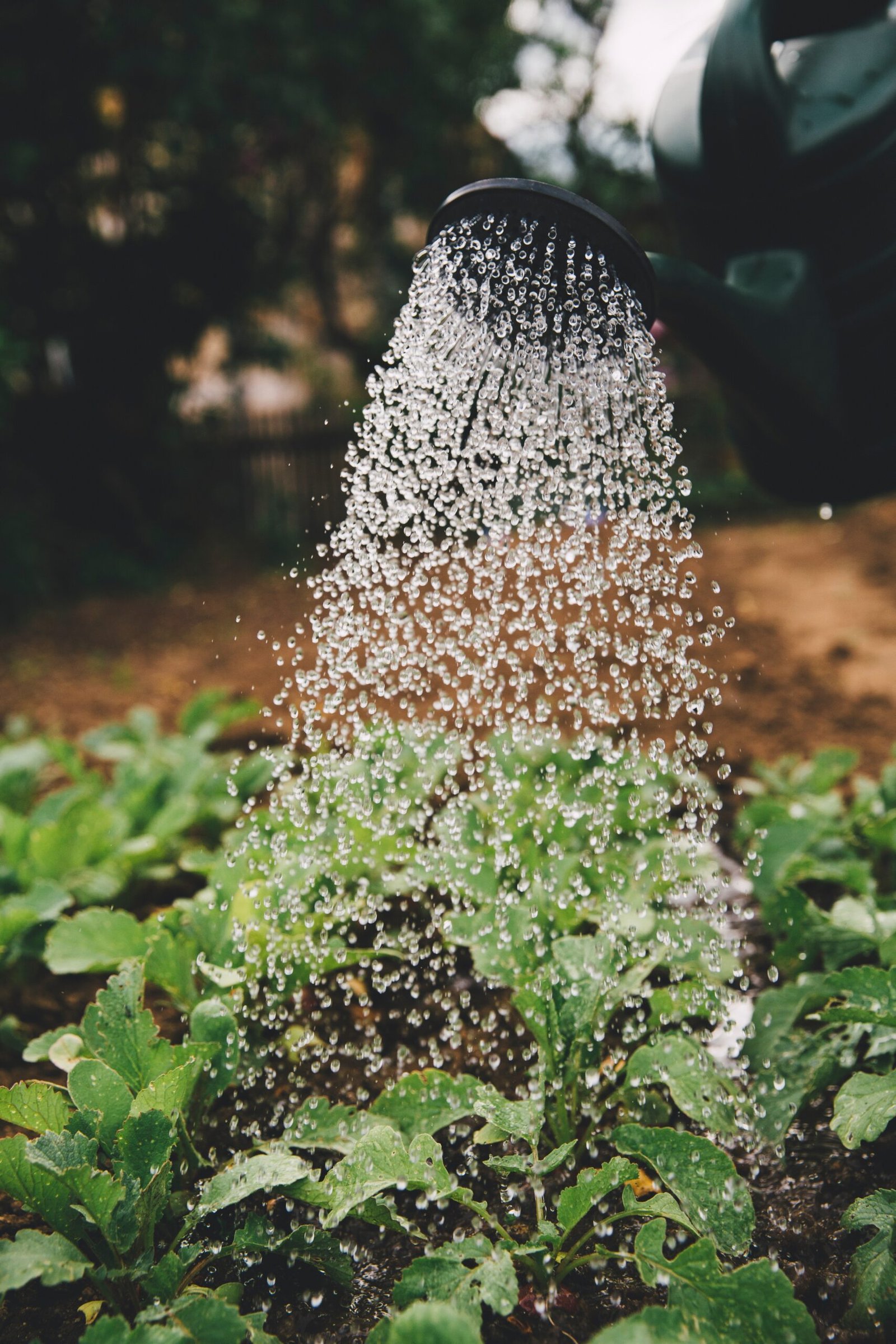The Benefits of Grass Clippings in the Garden
When it comes to maintaining a healthy and vibrant garden, many homeowners are faced with the question of what to do with their grass clippings. While some may see them as a nuisance, these clippings can actually be a valuable resource for your garden. In fact, using grass clippings in the garden is considered one of the best ways to recycle and nourish your plants.
So, what makes grass clippings so beneficial? Let’s take a closer look at some of the advantages:
- Natural Fertilizer: Grass clippings are rich in nitrogen, which is an essential nutrient for plant growth. By leaving the clippings on your lawn or using them as mulch in your garden beds, you can provide a slow-release source of nitrogen to your plants.
- Moisture Retention: Grass clippings can act as a natural mulch, helping to retain moisture in the soil. This can be especially beneficial during hot summer months when water evaporation is high.
- Weed Suppression: A layer of grass clippings can help suppress weed growth by blocking sunlight and preventing weed seeds from germinating.
- Soil Improvement: As grass clippings break down, they add organic matter to the soil, improving its structure and fertility. This can enhance the overall health of your garden and promote better plant growth.
The Best Ways to Use Grass Clippings
Now that we understand the benefits of grass clippings, let’s explore the best ways to use them in your garden:
- Mulching: One of the easiest ways to utilize grass clippings is by using them as mulch. Simply spread a thin layer of clippings around your plants, being careful not to smother them. This will help retain moisture, suppress weeds, and provide a slow-release source of nutrients.
- Composting: Grass clippings can be a valuable addition to your compost pile. Mix them with other organic materials, such as leaves and kitchen scraps, to create nutrient-rich compost for your garden. Be sure to mix the clippings well to prevent them from clumping together.
- Lawn Topdressing: If you have a thin or patchy lawn, you can use grass clippings as a topdressing to improve its health. Simply spread a thin layer of clippings over the bare areas, being careful not to smother the existing grass. This will help promote new growth and fill in any gaps.
- Green Manure: In vegetable gardens, grass clippings can be used as a green manure. Simply till them into the soil before planting to add nutrients and improve soil structure. This can be especially beneficial in areas with poor soil quality.
Precautions to Consider
While grass clippings can be highly beneficial for your garden, it’s important to take some precautions:
- Avoid Herbicides: If you use herbicides on your lawn, avoid using the clippings in your garden. These chemicals can harm your plants and contaminate the soil.
- Avoid Clippings from Treated Lawns: If your lawn has been treated with pesticides or synthetic fertilizers, it’s best to avoid using the clippings in your garden. These chemicals can have detrimental effects on your plants and the environment.
- Don’t Use Thick Layers: When using grass clippings as mulch, make sure to apply a thin layer. Thick layers can create a barrier that prevents water and air from reaching the soil, leading to root rot and other issues.
By following these guidelines, you can make the best use of grass clippings in your garden and promote a healthy and thriving outdoor space.

